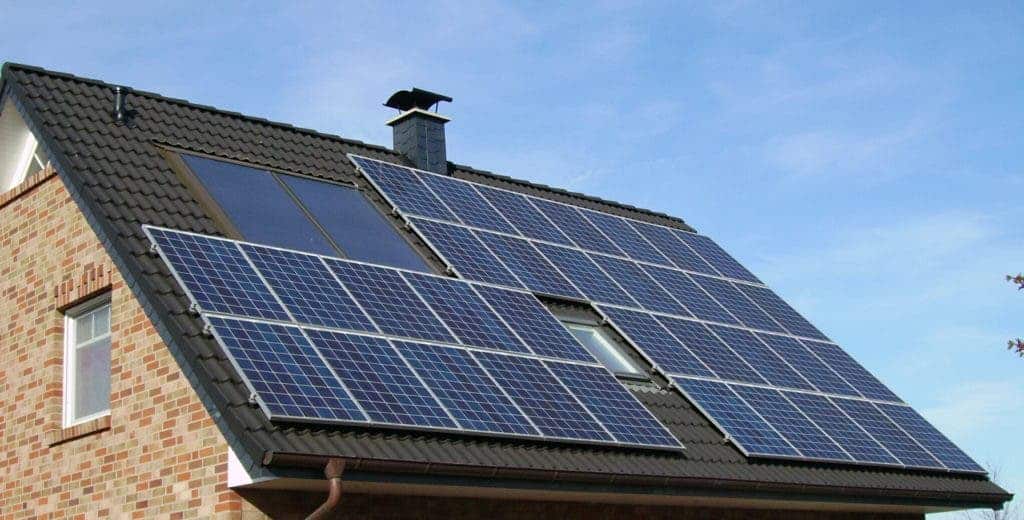Remember when people were talking about when renewables will become cheaper than fossil fuels? Well, the future is here. In a manual addressed to investors, the World Economic Forum (WEF) showed that adding new solar energy was cheaper than fossil fuels in 30 countries.
“Renewable energy has reached a tipping point,” Michael Drexler, who leads infrastructure and development investing at the WEF, said in a statement. “It is not only a commercially viable option, but an outright compelling investment opportunity with long-term, stable, inflation-protected returns.”

According to the report, solar and wind are already at the same price or cheaper than new fossil fuel capacity in more than 30 countries, and the price for renewables continues to drop. In 2016, in the US alone, utilities added 9.5 gigawatts (GW) of photovoltaic capacity to the grid, making solar the top fuel source for the first time in a calendar year, according to the US Energy Information Administration. Taking into account the solar panels installed additionally, on homes and business (rather than just those built for utilities), the total installed capacity reached 11.2 GW.
The Paris Agreement, in which virtually all global governments agreed to curb greenhouse gas emissions, played a key role in that regard. Even when governments aren’t taking action, the local administration often steps in – and even when they don’t the business sector reacts by itself. In fact, as QZ reports, most of the roadblocks for renewable energy were political, not economical. Global renewable investment last year was $286 billion, or 25% of the $1 trillion goal set by nations at the Paris climate change accord. We’re not there yet, but we’re slowly getting there. The report writes:
“The adoption of the Paris Agreement on 12 December 2015 by 195 governments is a major turning point in the global fight against climate change. To date, 190 governments have committed to specific actions to reduce their national greenhouse gas (GHG) emissions, covering over 95% of total global emissions. While these efforts alone will not suffice in keeping the world climate-safe, these bottom-up national pledges will provide a solid foundation from which ambition can be ratcheted up in the coming years.”
Science and technology also made this possible. We have better materials, better (and smarter) grids, and an overall better technology, which improves the efficiency of renewables. This is largely why prices continue to drop year after year.
“At the same time, the Fourth Industrial Revolution has contributed to a dramatic reduction in technology costs, and new and attractive economics of the sector provide an opportunity for investors to find stable, inflation-protected yields while accelerating much-needed deployment of clean energy.”
However, despite these optimistic trends, the world still lags behind the action needed to avoid catastrophic effects of global warming. Unfortunately, in today’s world, prices and money outweigh everything – and yet ironically, in that dire saddening truth, lies hope. Solar and wind energy are getting cheaper and cheaper, and that may make the biggest difference.


